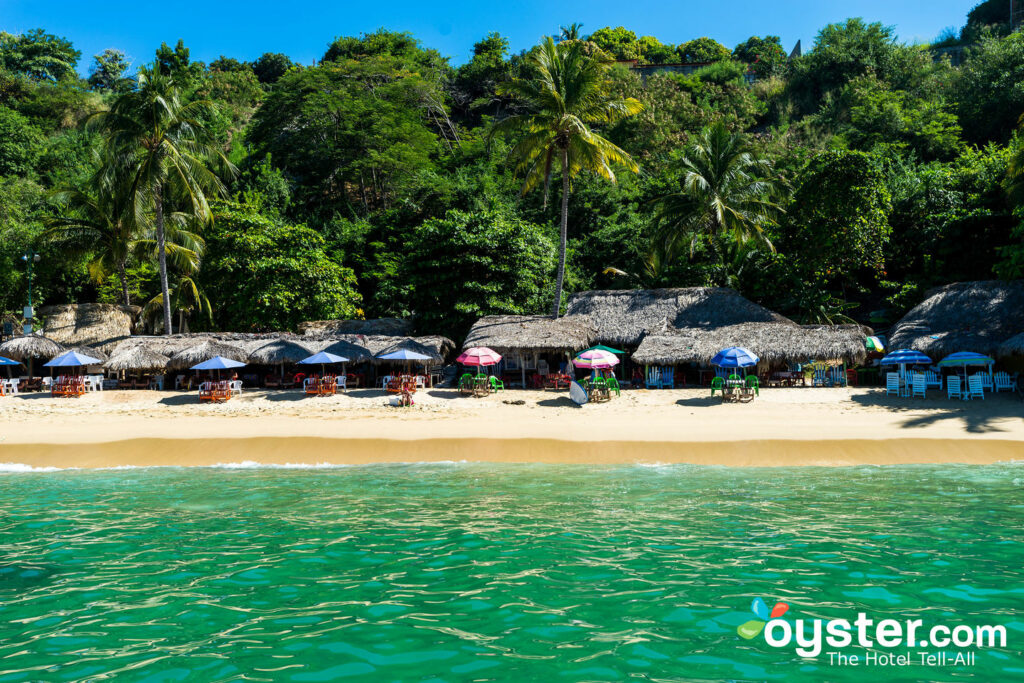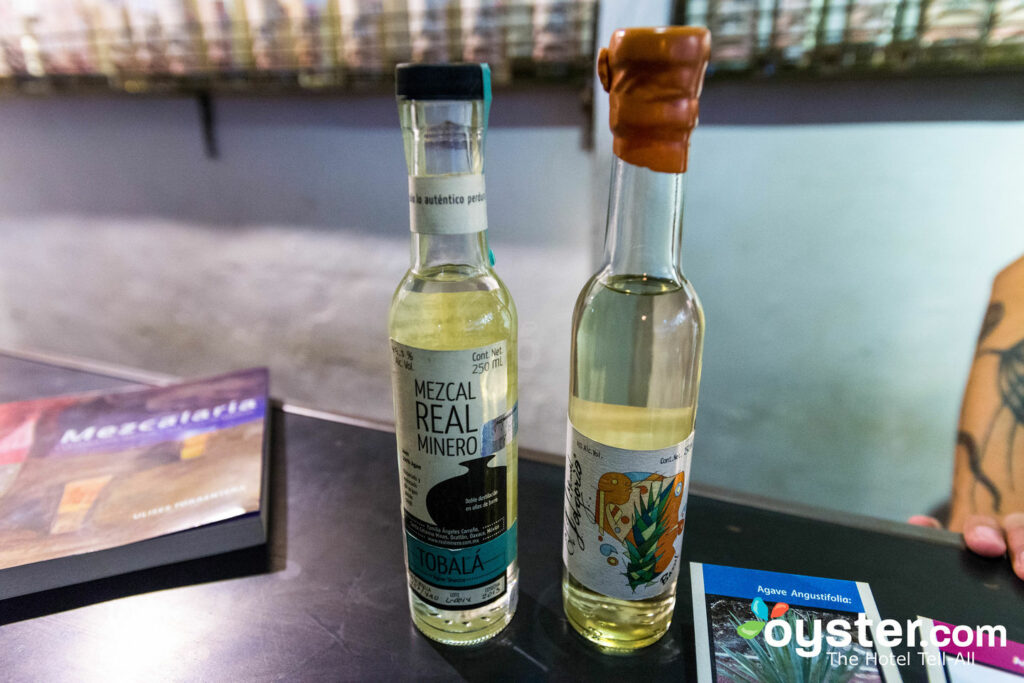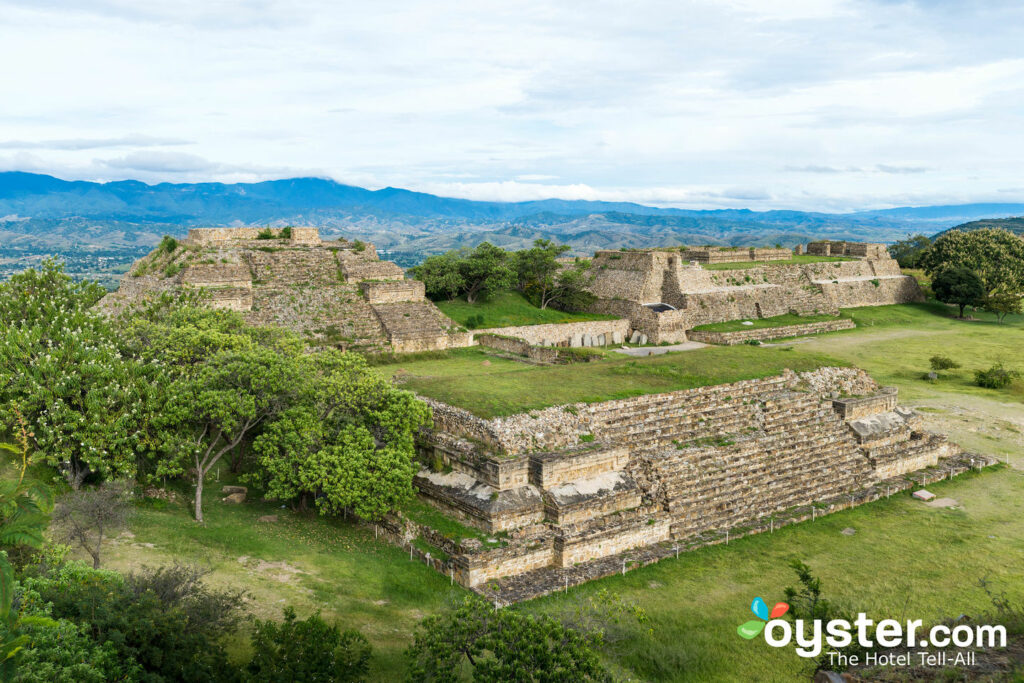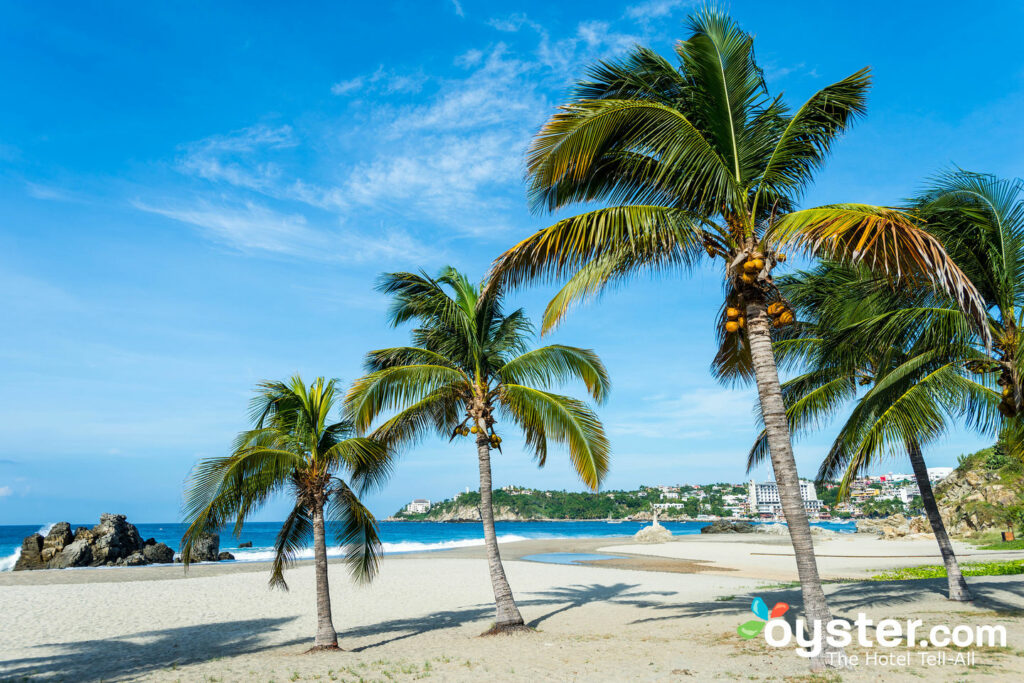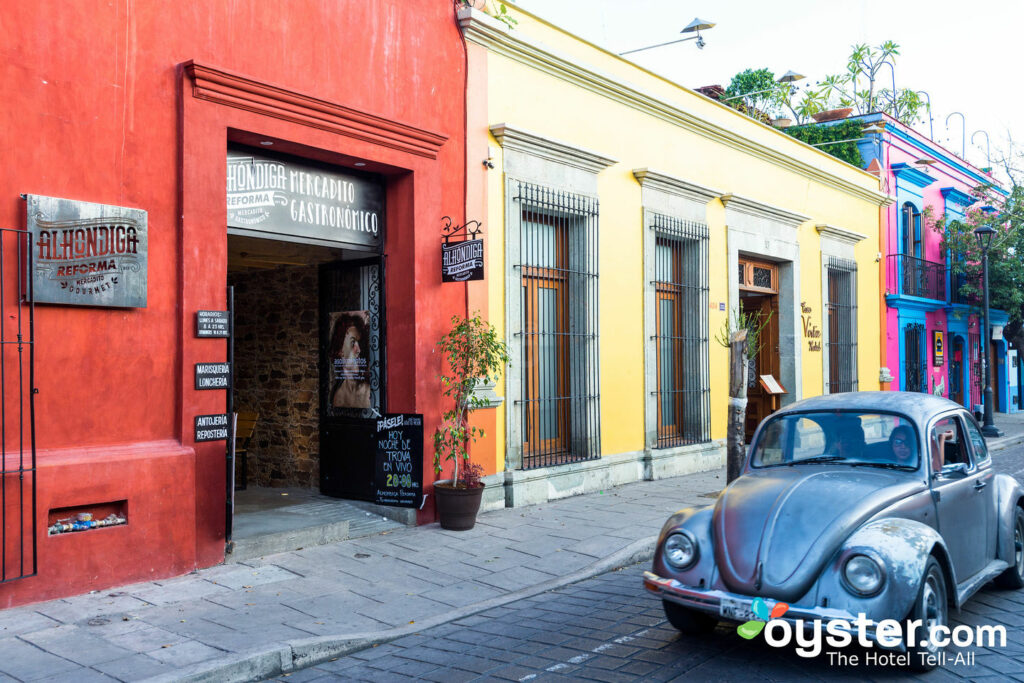
While the sun, sea, and sand of Riviera Maya attract the majority of U.S. visitors, the food, colorful towns, culture, and Pacific coast of Oaxaca draw travelers looking for a more off-the-beaten-path adventure in Mexico. But how exactly does one prepare for a trip to the southern Mexican state? Starting with how to pronounce its name, here are 11 things every traveler needs to know before visiting Oaxaca.
1. It’s not pronounced ‘Oh-axe-ah-cah.’
The first thing every traveler to Oaxaca needs to know is how to pronounce its name. In Mexico, it’s said with an airy, flowing flourish, pronounced ‘Wah-hah-kah.’
2. The weather in Oaxaca is great all year round.
As you would expect, summers are hot in Oaxaca, but it’s a pleasant, dry heat. Pack a large hat (or buy one at one of the many markets you’ll find on weekends in most towns) and plenty of sunscreen. While winter mornings and evenings can get chilly, the climate is warm all year round, so off-peak visits (January to March) don’t necessarily mean you’ll find worse weather and fewer tourists.
3. Annual protests do occur.
Tourists are generally unaffected by the various protests in Oaxaca, but it’s good to be aware of these potential actions on the streets. The annual summer strike by the teachers’ union (in demand of better working conditions) is the most famous protest, having returned every year for over a decade. This shouldn’t turn you away from visiting, but if you want to avoid the peaceful occupation, skip a summer trip.
4. It’s the birthplace of mezcal.
Oaxaca is the birthplace of Mexico’s second-most famous drink, mezcal, and visitors go wild for the smoky, potent liquor. Both guided and self-guided tours are available throughout the state, with stops at various distilleries. Even if you’re not a huge mezcal fan, learning about the processes behind the small-batch production makes for a great day trip.
5. Direct flights from the U.S. to Oaxaca are limited.
Direct flights from the U.S. to Oaxaca are infrequent and don’t depart from many cities. If you can’t find a direct flight, the easiest way to reach Oaxaca is to fly to Mexico City and take a connecting flight. If you’re on a budget, an overnight bus ride to Oaxaca from Mexico City is a good way to save cash. The route follows safe, well-established toll roads.
6. Its ancient ruins are some of the best in the country.
Oaxaca was the birthplace of the Zapotec civilization, and many remnants of their reign from the sixth century B.C. to the early 16th century still remain. The heart of the Zapotec empire was Monte Alban, a site that serves as a reminder of the people. A 20-minute drive from Oaxaca City, Monte Alban is a must-visit. A grand pyramid, built by the Zapotecs around 1,500 years ago, is the highlight of the ruins. Slightly further from Oaxaca City, the town of San Pablo Villa de Mitla is home to the ruins of Mitla, the second-most important archaeological site in Oaxaca. Along with the amazing ruins, the nearby town is worth exploring for its own architecture and artisan mezcal.
7. Oaxaca is one of the safest states in Mexico.
Oaxaca comes with a Level 2 warning from the U.S. Department of State, meaning travelers should ‘exercise increased caution.’ This puts it on a par with the Yucatan state. The number of visitors to Oaxaca has increased 15 percent since 2015, with about 40 percent of foreign tourists coming from the United States. Meanwhile the states of Colima, Guerrero, Michoacán, Sinaloa, and Tamaulipas all have a Level 4 warning, indicating that traveler should not travel there.
8. Its Pacific coast is stunning.
Oaxaca has around 70 miles of beautiful Pacific coastline dotted with laid-back towns, stunning beaches, and secluded resorts. Huatulco and Puerto Escondido are the two main towns, but Zipolite, Mazunte, and Bahias de Huatulco provide a mix of great local food, rustic charm, and vibrant nightlife. The drive from Oaxaca City to Huatulco takes around five hours, so make the most of the distance with a meandering road trip, or take a short 45-minute flight.
9. Don’t drink the water in Oaxaca.
Like in the rest of Mexico, don’t drink the tap water here. Stick to bottled water — or mezcal.
10. The food scene in Oaxaca is world-famous.
Anyone who has tried Oaxacan food in the U.S. has probably dreamt of visiting the “land of the seven moles.” Street food is huge throughout Oaxaca, and plenty of tourists come for the food found in the region. From fried grasshoppers (chapulines) to queso Oaxaqueno (some of the most delicious cheese in Mexico), the grub here is next-level delicious. Mole, a rich, complex sauce, is at the heart of many Oaxacan dishes. When looking for food in Oaxaca City, start in the Zocalo, the much-loved, fiercely protected main square in the heart of the city.
11. Indigenous culture is a huge part of life here.
The history and customs found throughout the state are carefully preserved generation after generation. Numerous indigenous communities contribute to Oaxaca’s way of life in the form of festivals, handicrafts, and other traditions. Day of the Dead is huge in Oaxaca, like much of Mexico, but many other festivals, like Night of the Radishes, Holy Week, and Guelaguetza, are also held throughout the year. While 15 percent of the Mexican population identifies as indigenous, the number soars to 56 percent in Oaxaca, which is one reason the state retains such an eclectic identity. In terms of shopping, Oaxaca is the kind of place where you can leave with a suitcase full of souvenirs, from handmade vases to beautiful textiles. You’ll find all kinds of folk art and artisanal crafts throughout the traditional tianguis across the state.
You’ll Also Like:
- 5 Under-the-Radar Things to Do in Oaxaca
- 6 of the Best Oaxaca Beach Resorts
- Is This the Coolest Under-the-Radar Beach Destination in Mexico?
All products are independently selected by our writers and editors. If you buy something through our links, Oyster may earn an affiliate commission.
